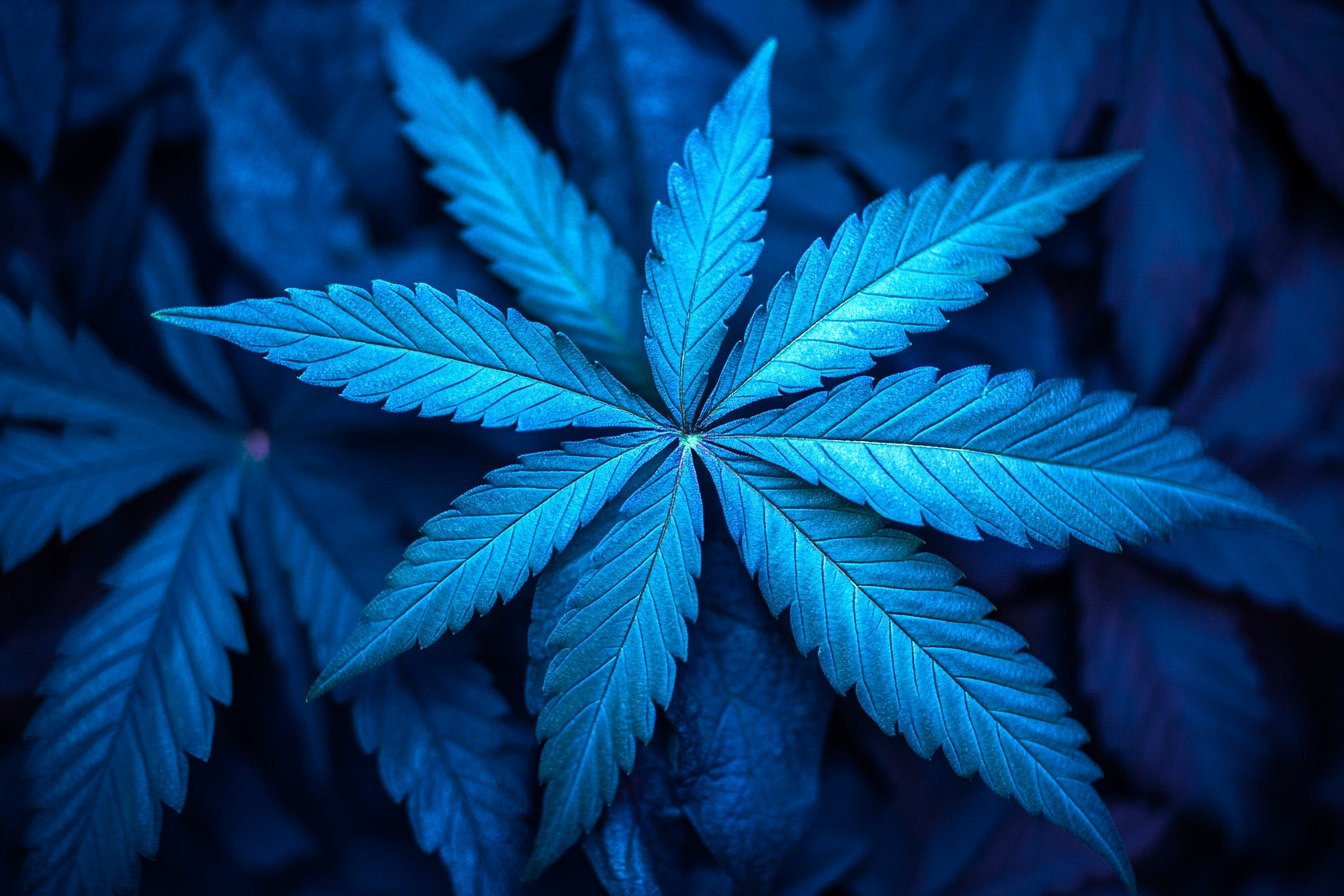As the popularity of cannabinoids continues to rise, it is essential for consumers to understand the differences between the various compounds available. In particular, CBD (cannabidiol) and CBG (cannabigerol) are two prominent phytocannabinoids found in hemp that offer unique benefits without causing psychoactive effects. This guide will help you navigate the distinctions between these compounds and their respective advantages, especially tailored for our Australian audience.
CBD vs CBG: Key differences and benefits
CBD, widely recognized and researched, has become a staple in wellness circles due to its extensive health benefits. Whether it’s stress management, anti-inflammatory properties, or improving skin health, CBD’s versatility is well-documented. It interacts with the endocannabinoid system by influencing CB1 and CB2 receptors, though it does not bind directly to them.
On the other hand, CBG is known as the “mother of all cannabinoids” because it serves as a precursor to several other important cannabinoids, including CBD. Although less studied, early research indicates that CBG also offers potential therapeutic benefits. Unlike CBD, CBG binds directly to both CB1 and CB2 receptors, potentially providing more potent effects on the endocannabinoid system. However, extracting CBG can be costly due to its lower concentration in hemp and the need for early harvests.
It’s worth noting that while THC is another cannabinoid found in hemp, it is psychoactive and causes a ‘high’. Both CBD and CBG are non-psychoactive, making them appealing choices for those seeking the medicinal benefits of hemp without the mind-altering effects.
Potential health benefits of CBD and CBG
The health benefits associated with CBD are backed by numerous human trials and studies. These include support for normal heart functions, mood regulation, sugar metabolism, and nerve cell health. Additionally, CBD has been shown to aid anxiety management and improve performance under stress, such as public speaking engagements.
CBG, though less studied, shows promise in areas not fully covered by CBD. Preliminary animal studies suggest that CBG may have stronger anti-inflammatory properties and might be beneficial for conditions like inflammatory bowel disease. As research progresses, we expect to learn more about how CBG can complement or enhance the benefits provided by CBD.
Here is a quick comparison of the pros and cons of each cannabinoid:
- Pros of CBD: Widely available, legal in many countries, non-psychoactive, well-researched.
- Cons of CBD: May produce side effects such as drowsiness, may not be effective for certain conditions.
- Pros of CBG: Potential therapeutic benefits not found in CBD, non-psychoactive.
- Cons of CBG: Limited research available, may be more expensive than CBD.
Choosing the right product: what to consider
If you’re looking to incorporate either CBD or CBG into your wellness routine, it’s crucial to choose high-quality products. Here are some guidelines to help you make an informed decision:
Third-party testing: Ensure the product has been third-party tested. This means an independent company has verified the claims made by the manufacturer, ensuring the product’s quality and safety.
Organic sourcing: The product should be sourced from 100% organic raw materials, free from harmful and toxic chemicals or additives.
Start low and go slow: Begin with low concentrations of CBG or CBD to avoid potential side effects. Gradually increase the dosage as needed.
By keeping these criteria in mind, you can select CBD or CBG products that are not only effective but also safe for long-term use.
In conclusion, understanding the intricate details and benefits of CBD and CBG can significantly enhance your wellness journey. While CBD remains at the forefront due to extensive research and availability, CBG holds promising therapeutic potential that deserves attention. Explore products and find what works best for your individual needs. Happy exploring with CBD-Oil-Australia!
